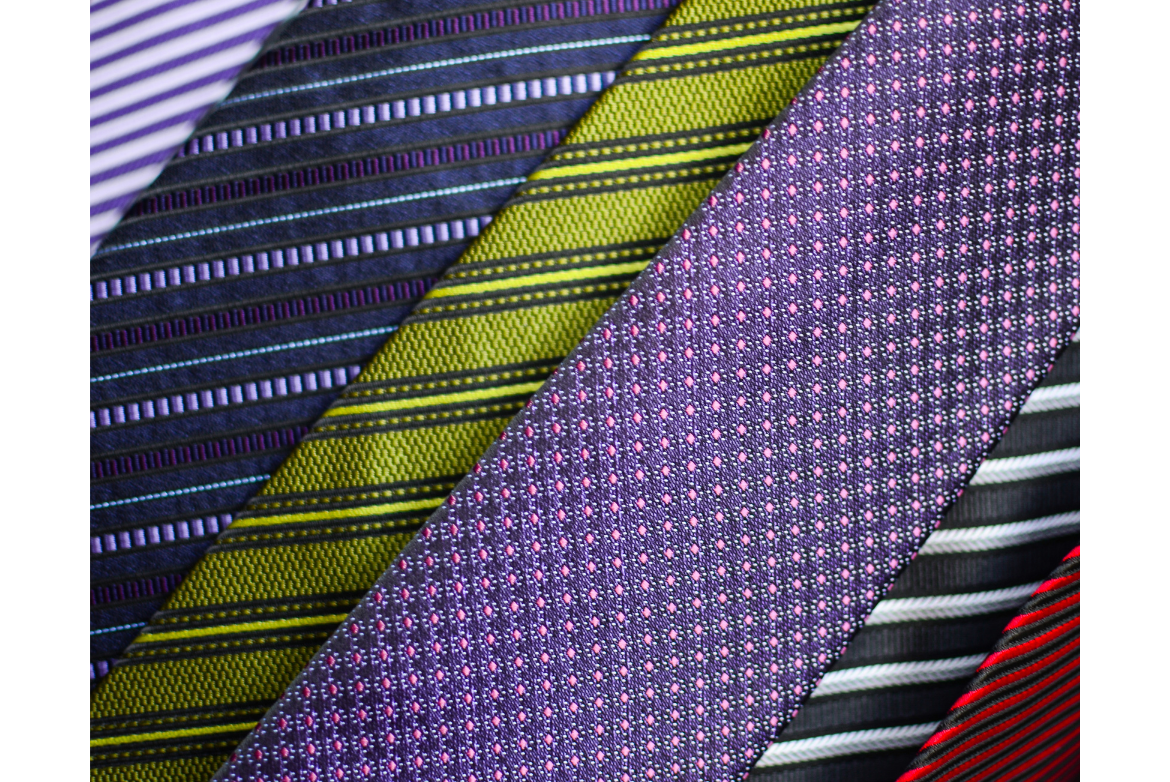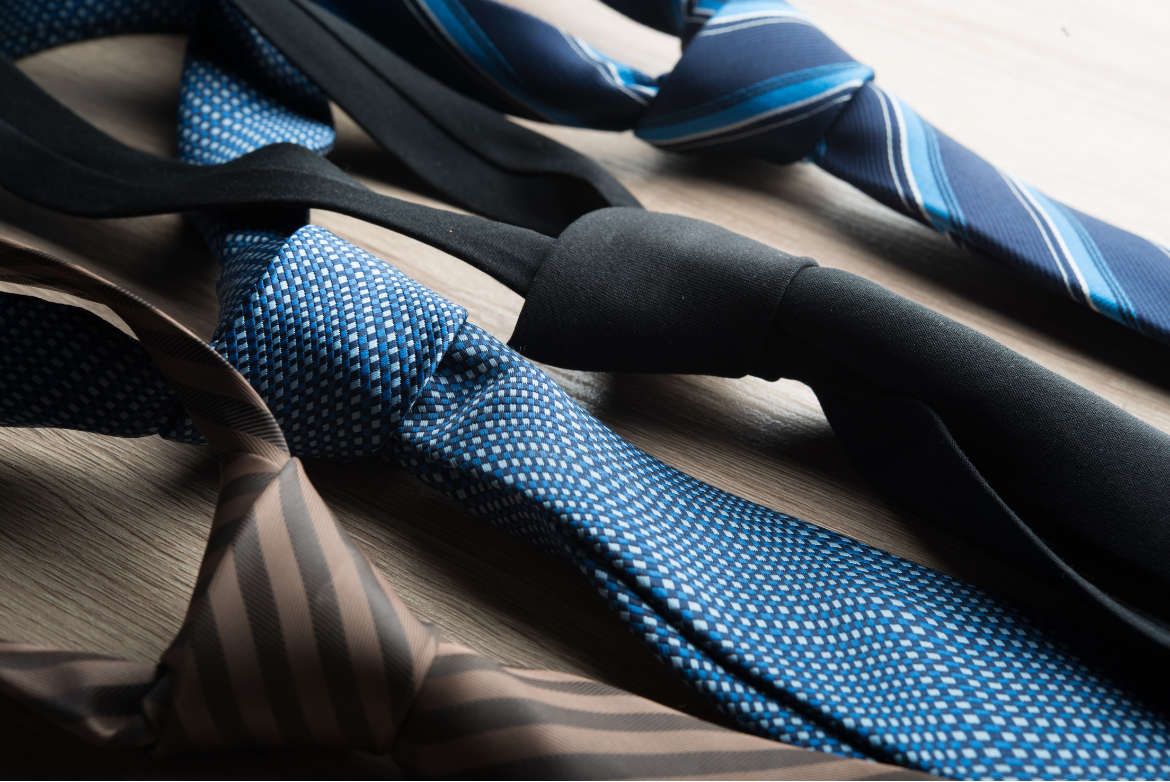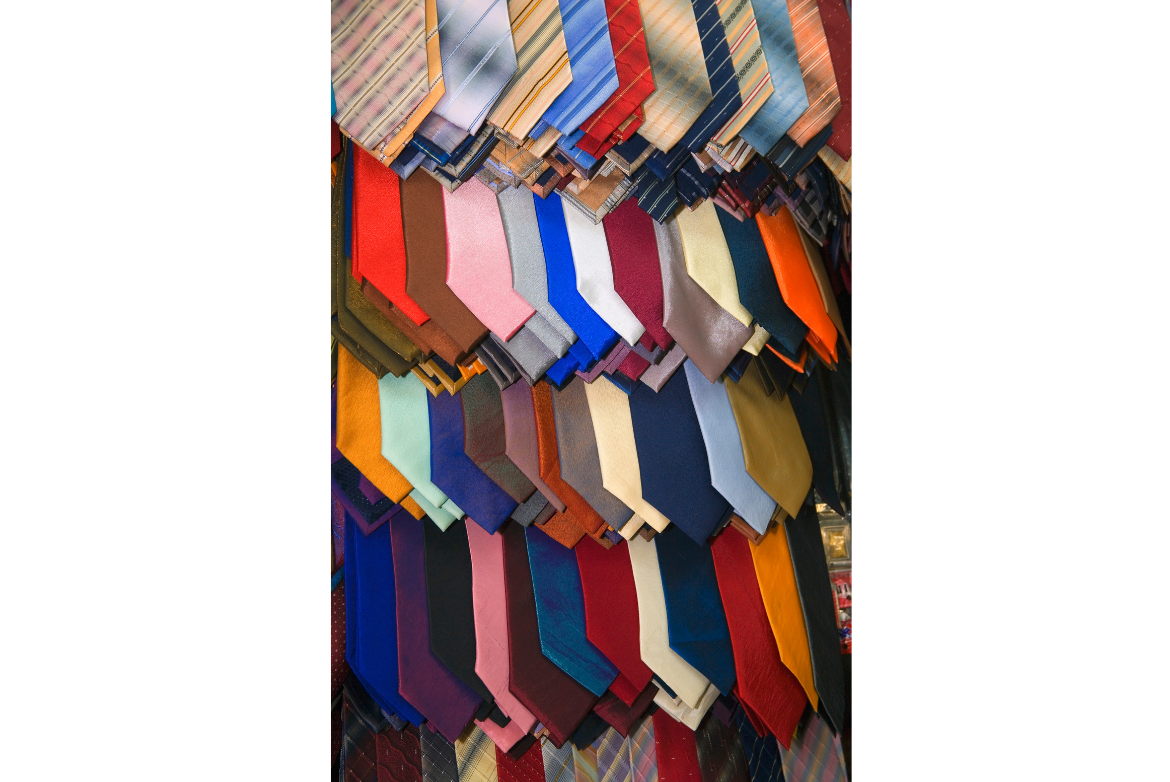How to recognize a quality tie is a very tricky quality to learn. The texture of the clothing is one of the things that draws me in. And this is especially true with ties. You enjoy taking a necktie from a department store’s display table and touching it to feel the various textures. Somehow you could tell the quality of a necktie just by holding it in your hand. You were never entirely sure what it was that you were experiencing. But it allowed you to determine if a necktie was good or bad. It was merely a type of embodied wisdom you would accumulate over the years that always guided me in the correct direction for how to recognize a quality tie.
But you just decided that it was past time to make it a tacit. Then understanding how to spot a good tie explicit. To discover how to get – a better read on the characteristics that separate high-quality neckwear from its knockoffs. When you take up a necktie and weigh it, look for the following clues:
Table of Contents
Texture and Weight in a “Hand”
The term “hand” is used in the textile business to describe how a tie’s outside fabric feels (also known as the “envelope”). Check the texture and weight of a tie’s hand as you take it up. The material on quality ties, even the best silk ties, has a gritty feeling due to the big weave. Neckties that are thicker will be able to resist the torment of being tied repeatedly. They recover more quickly and last longer.
While heaviness and feel are indicators of outstanding craftsmanship, don’t rule out a tie just because it lacks these characteristics. Cotton and linen ties are light, yet they may be an excellent choice in the proper stylistic setting.
Silk isn’t all created equal
The vast quantity of silk presently originates from China as a raw material – silk manufacturing is vastly different. Silk is a thin material that must be spun into threads using the appropriate – ingredients and woven on a jacquard loom or printed. Quality silks from Italy or England might cost up to 15-20 times more than the same amount of silk from China of the same weight.
We exclusively utilize the best quality silks from the world’s top printers and weavers at Fort Belvedere, which means our cost is substantially greater than other ties you can purchase on the street for $5 or $20. 
All of the raw materials for our silk ties come from China – but all of the procedures: like dyeing, spinning, and weaving, are done in Italy and England. The things are of higher quality and you can think about how to recognize a quality tie.
The envelope and tip get made of the same material
Ties can be tipped or left untapped. The fabric that backs the triangle point of the tie’s vital bottom part, or “blade,” is known as tipping. Tipping on lower-quality neckties is made of polyester fabric rather than silk – search for tipping made of the same material as the tie’s envelope and to know how to recognize a quality tie.
Ties that get not tipped aren’t always of poorer quality. A pointed necktie – your necktie will lack some heaviness at the bottom. Untipped neckwear is described as light by some, and it’s a good choice for spring and summer suits.
Related Topics: The Little Pocket On Your Jeans. What Is It For?
